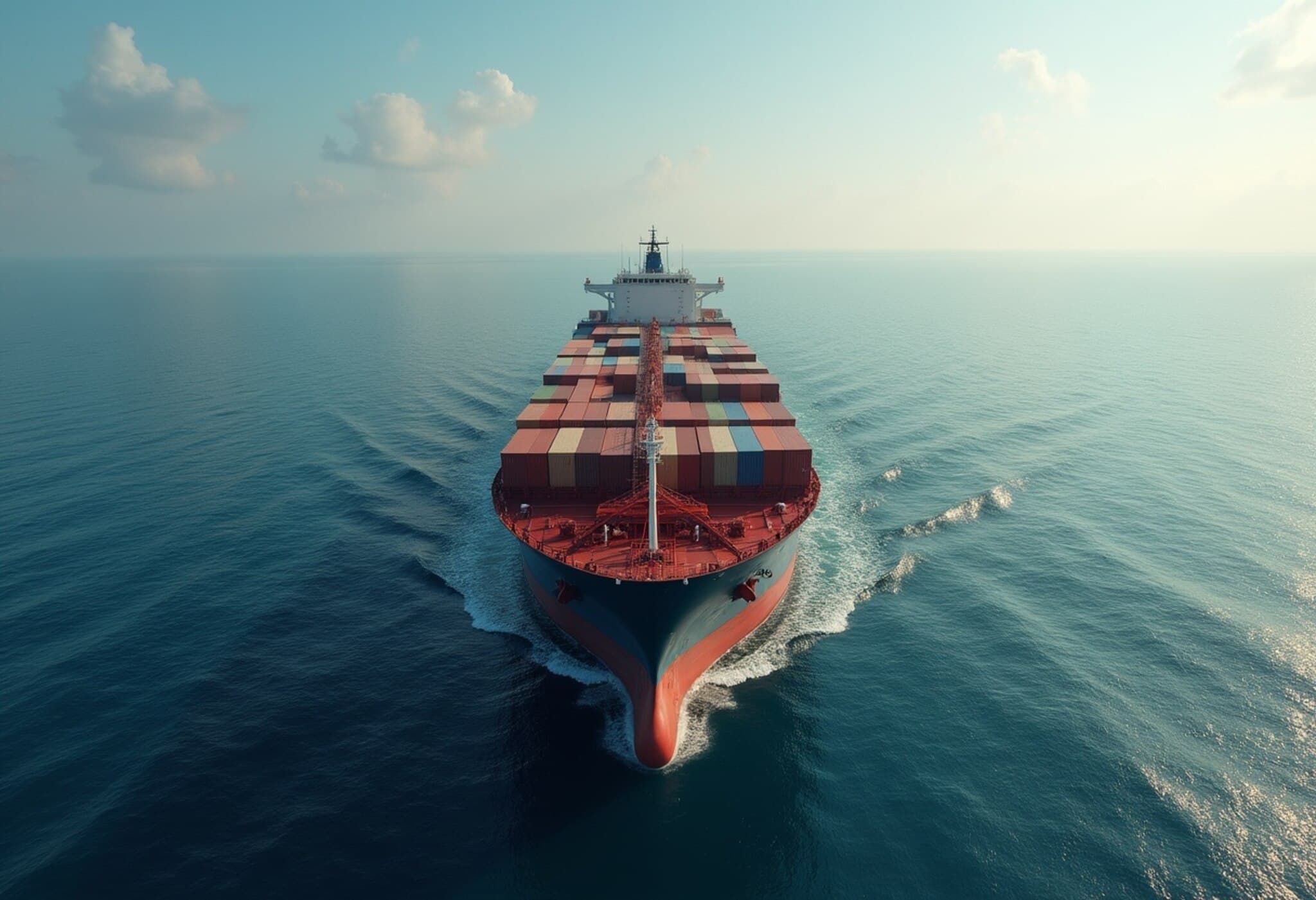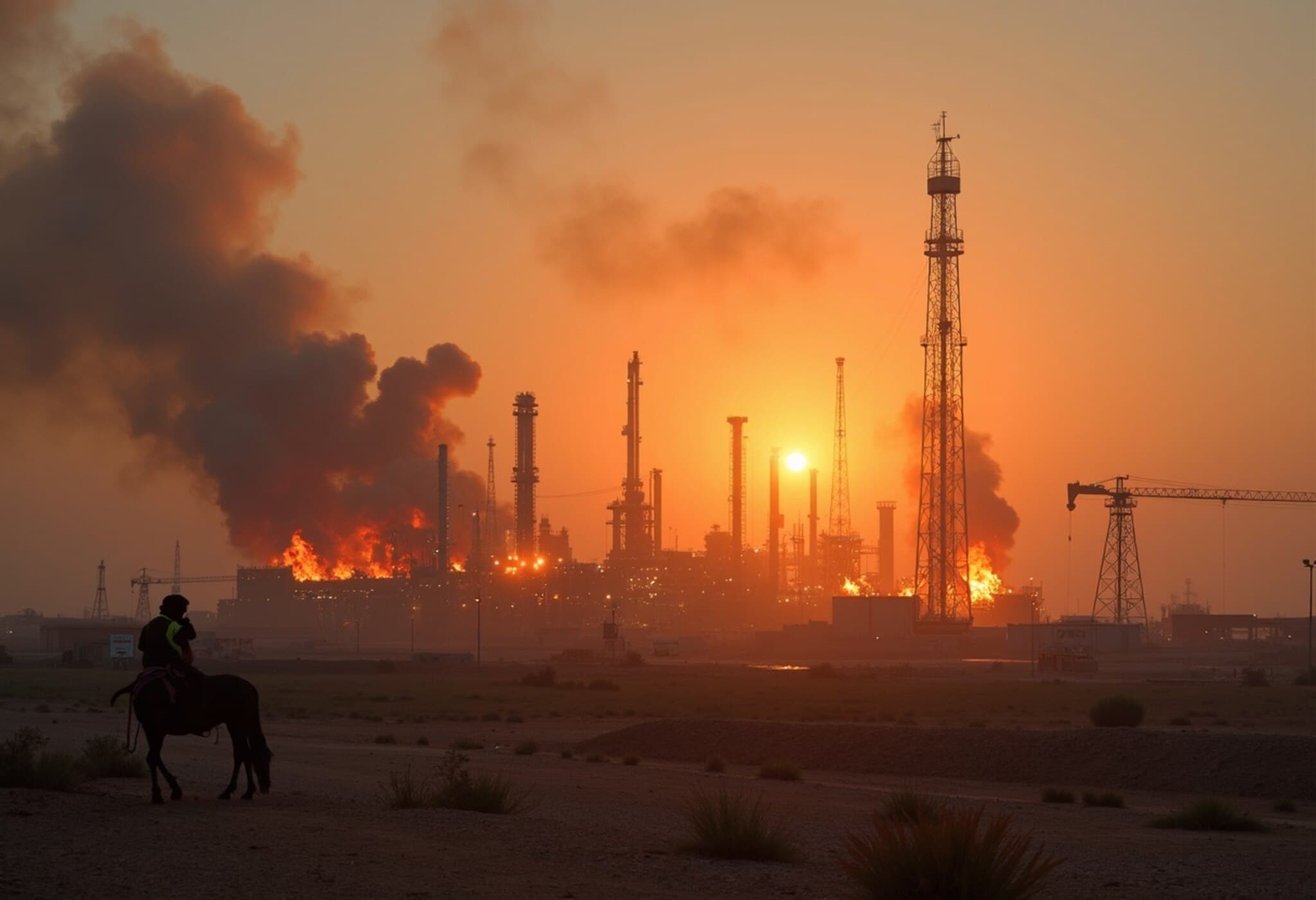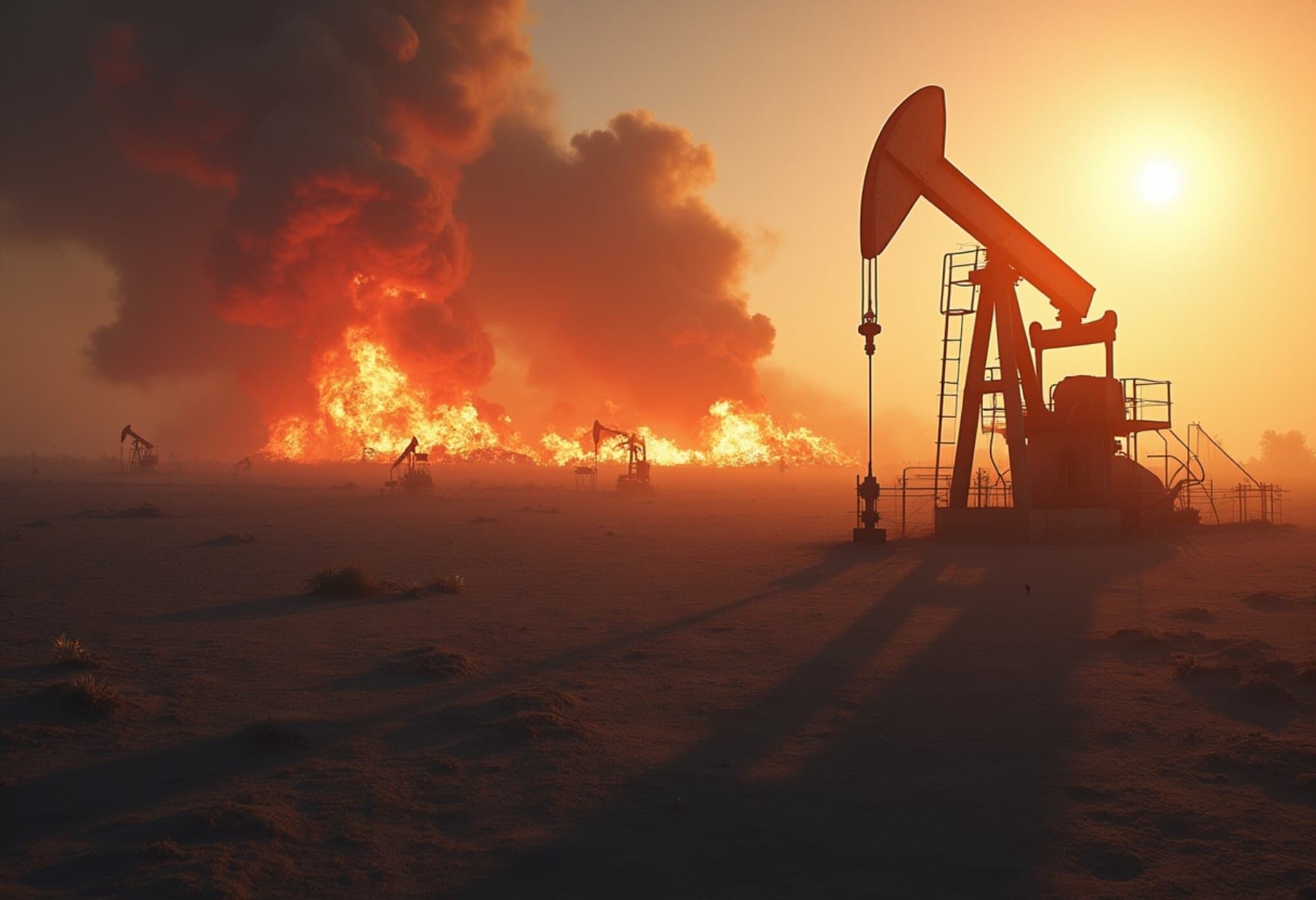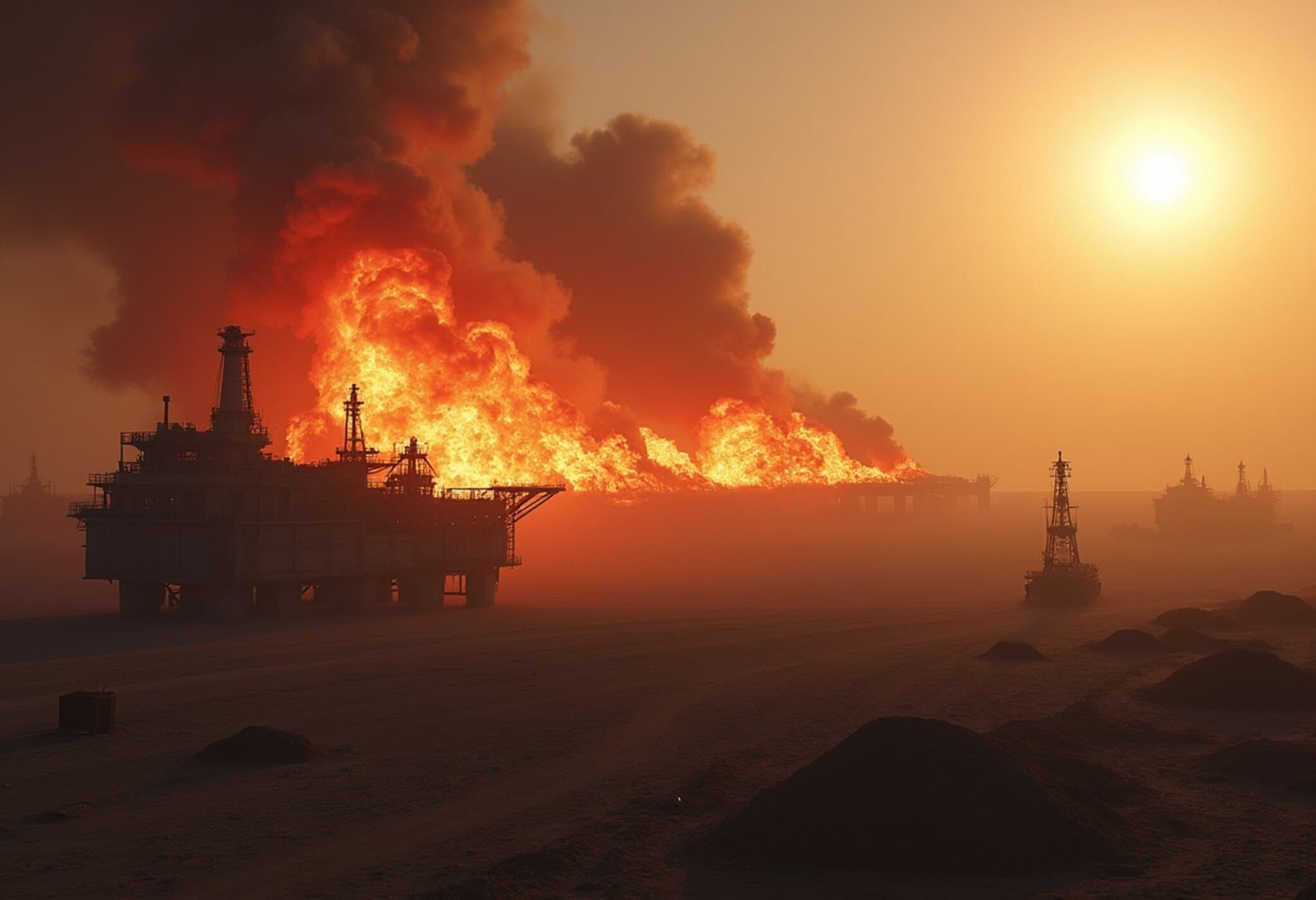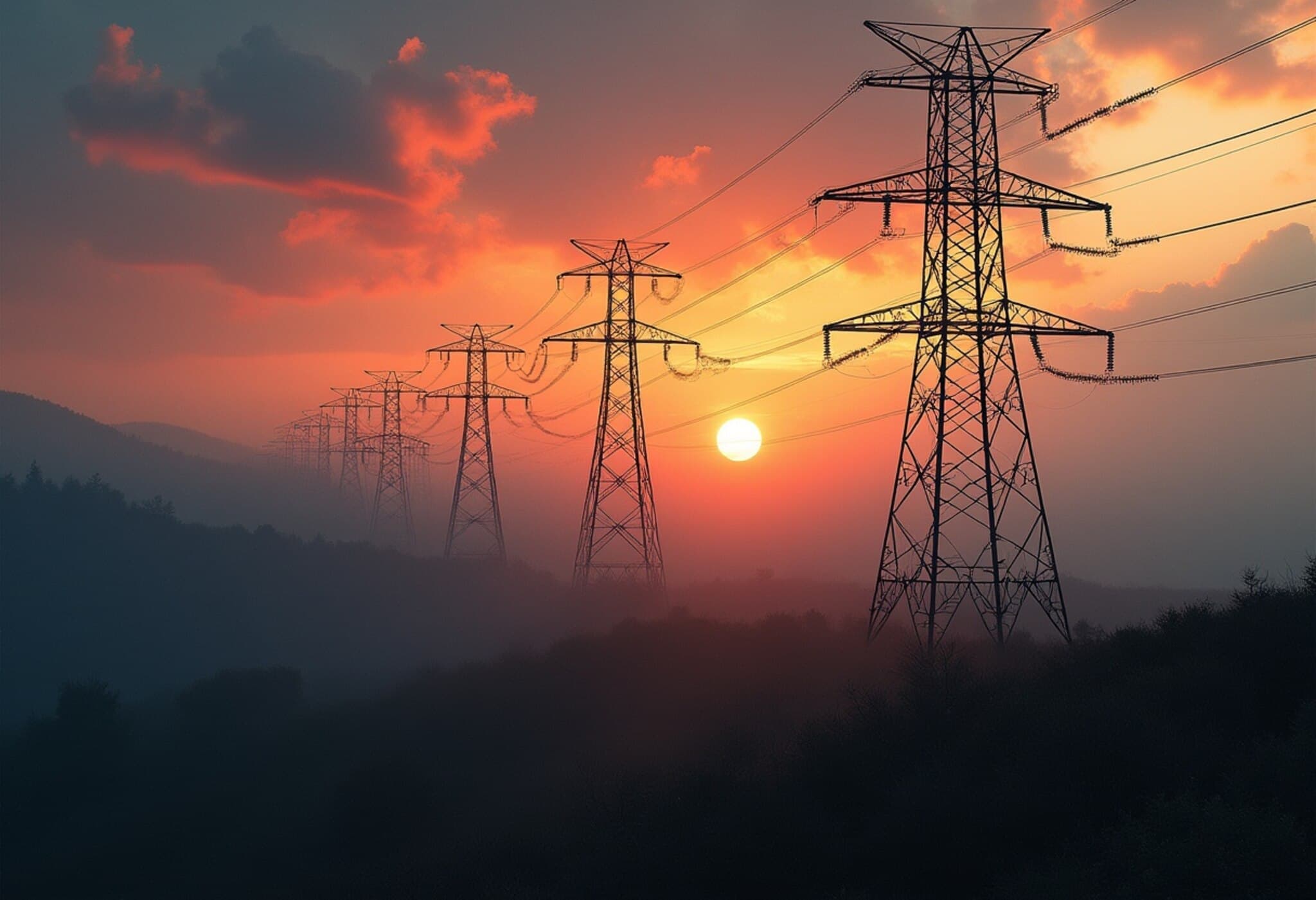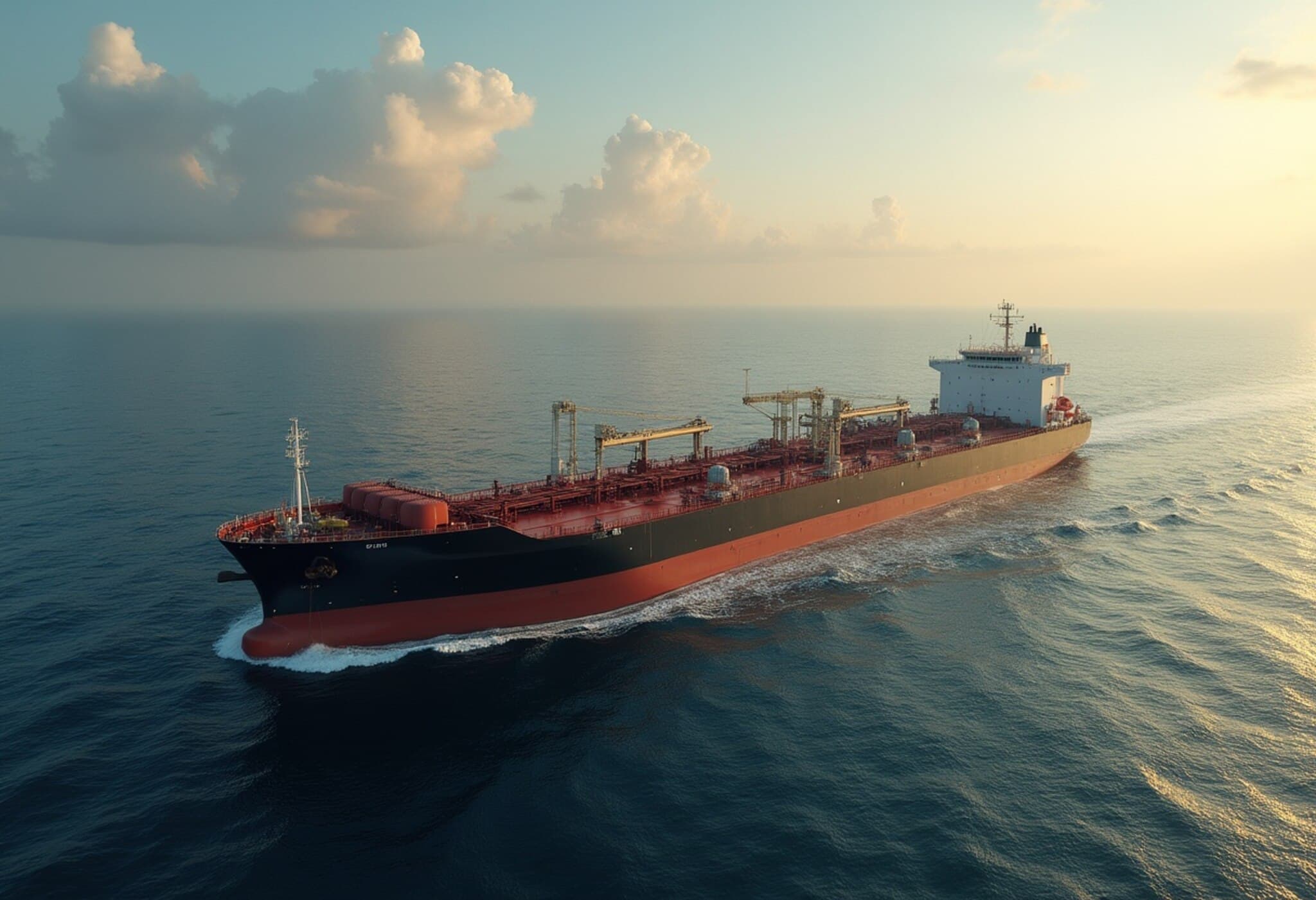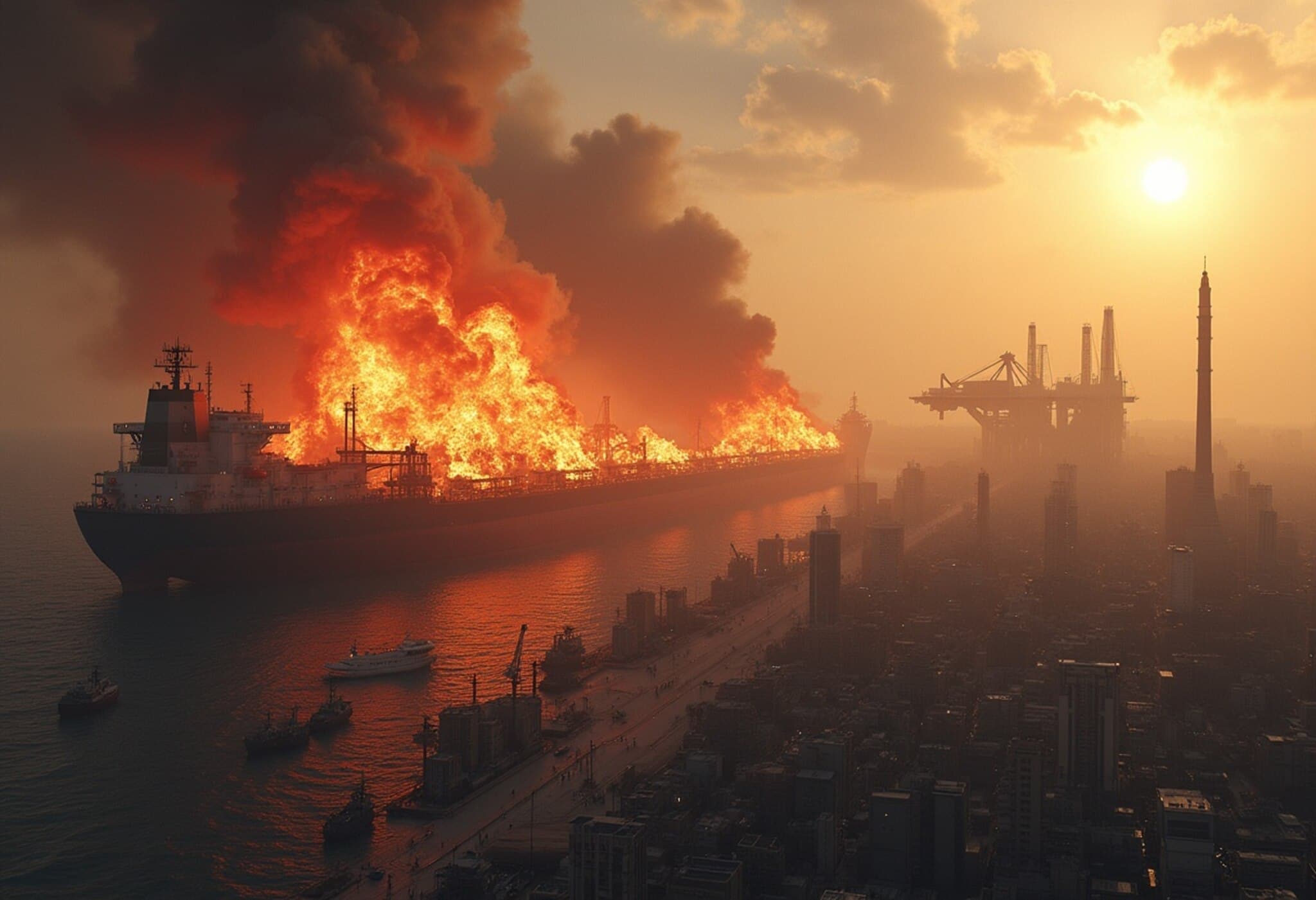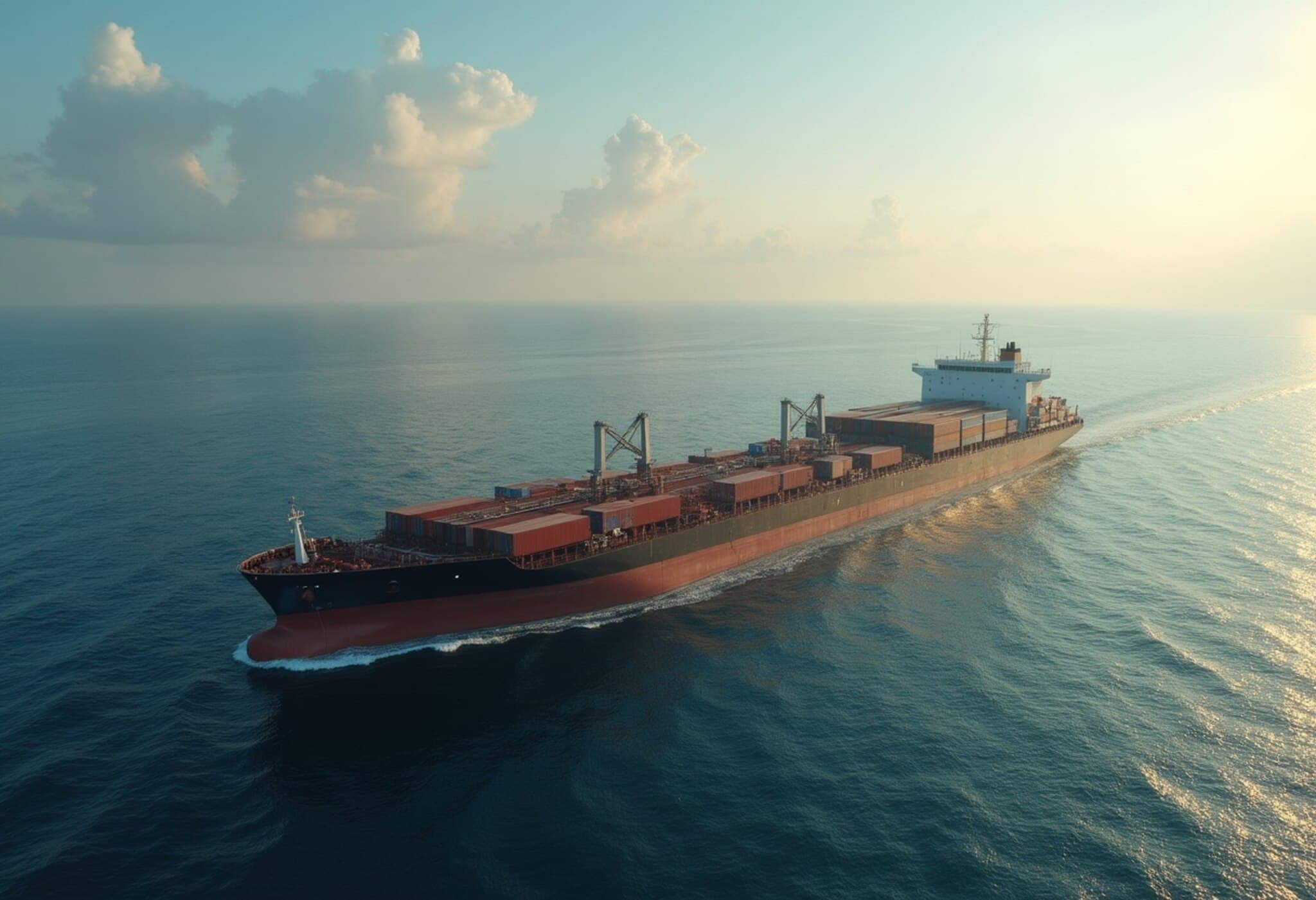Hormuz Strait: A Vital Artery for Asia's Energy Supply
The Strait of Hormuz serves as a critical lifeline for global energy markets, particularly for Asia’s largest economies. Each day, approximately 14.2 million barrels of crude oil and 5.9 million barrels of petroleum products flow through this narrow maritime corridor. This accounts for nearly 20% of global oil production, underscoring how indispensable this route is for energy-hungry nations.
Asia’s Heavy Reliance on Hormuz Supplies
Approximately 84% of oil passing through Hormuz is destined for Asian countries, highlighting the vulnerability of major economies such as China, India, South Korea, and Japan in any scenario where the passage is compromised. Tensions escalating around the Strait have raised concerns about potential blockades, particularly amid rising geopolitical strains involving Iran.
China’s Massive Energy Intake
China remains one of the largest consumers relying on this route, importing an estimated 5.4 million barrels of crude oil daily in the early months of 2025. Saudi Arabia ranks as China’s second-largest supplier, providing 1.6 million barrels per day, or 15% of its crude imports. Additionally, China imports over 90% of Iran’s oil exports, underscoring the tightly knit dependency on Middle Eastern oil coursing through Hormuz.
India’s Energy Security Challenges
India imports around 2.1 million barrels of crude oil daily through the Strait, representing over half of its oil supply. Middle Eastern countries such as Iraq and Saudi Arabia contribute more than 50% of India’s imports. However, mindful of the geopolitical risks, India has increasingly diversified its sources, boosting Russian oil imports in recent years. Indian officials emphasize ongoing efforts to secure stable energy supplies despite regional uncertainties.
South Korea’s Strategic Reserves and Dependence
South Korea imports approximately 1.7 million barrels of crude oil daily via Hormuz, with almost 70% of its oil supply passing through the strait. Saudi Arabia alone supplies about a third of South Korea’s crude oil needs. The government has proactively created strategic petroleum reserves, enough to cover about 200 days of consumption, preparing for possible disruptions amid ongoing regional tensions.
Japan’s Preparedness Amid Dependence
Japan receives about 1.6 million barrels of crude oil daily through Hormuz, with nearly 95% of its oil imports originating from the Middle East. Japan’s maritime and energy sectors are actively working to reduce transit times and logistical exposure in the Gulf region, anticipating potential challenges should a blockade or conflict arise.
Other Destinations and Limited Alternatives
Apart from these major Asian economies, about 2 million barrels daily flow through Hormuz towards other countries including Thailand, the Philippines, Europe, and the United States. However, replacing the volume of Middle Eastern oil remains a daunting task.
Although some alternatives exist, such as elevated global oil inventories, additional output from OPEC+ reserves, and US shale production, these measures offer only temporary relief. Alternatives like the Saudi and UAE pipelines that bypass Hormuz have limited capacity, around 2.6 million barrels per day combined, which is insufficient to fully compensate for any complete closure.
Iran’s Goreh-Jask pipeline, designed as another export route avoiding Hormuz, remains inactive with a modest capacity of 300,000 barrels per day—far below the scale needed to maintain regular supply levels.
Conclusion: Navigating Uncertain Waters
The Strait of Hormuz is a strategic choke point that anchors Asia’s energy security. Any disruption, intentional or accidental, threatens to send shockwaves through regional economies dependent on uninterrupted oil flows. While diversification and stockpiling provide some buffers, the reality remains that the region’s energy pulse beats strongly through Hormuz’s narrow waters.

